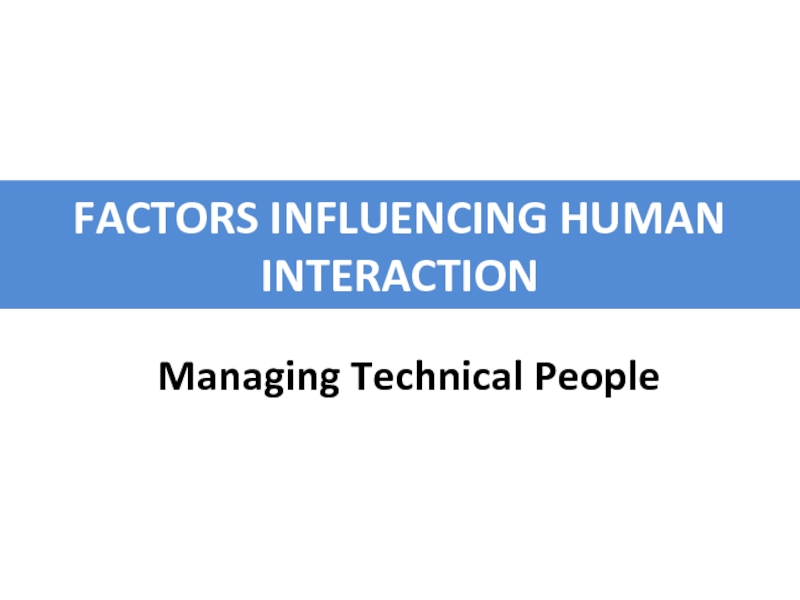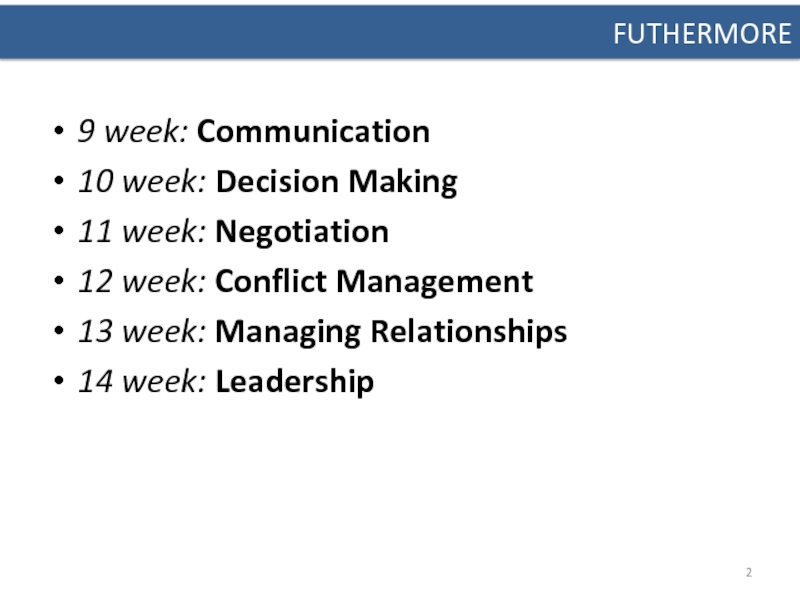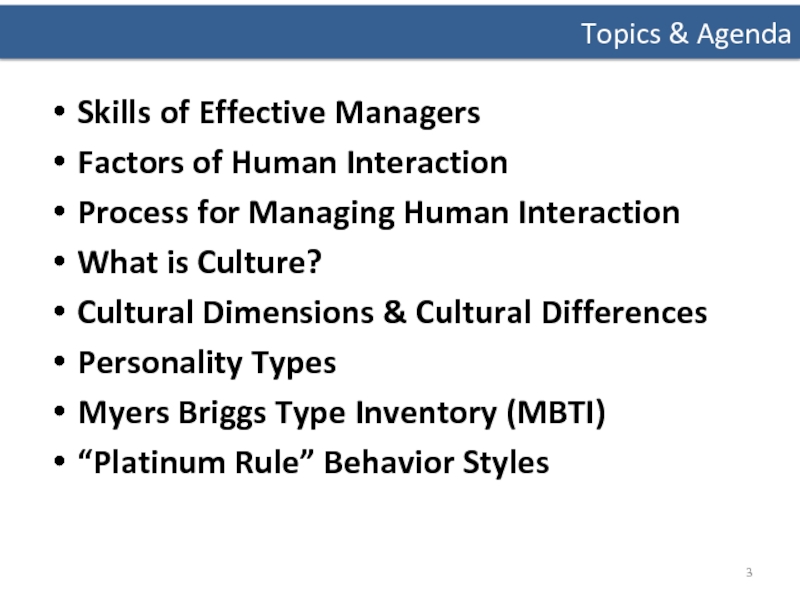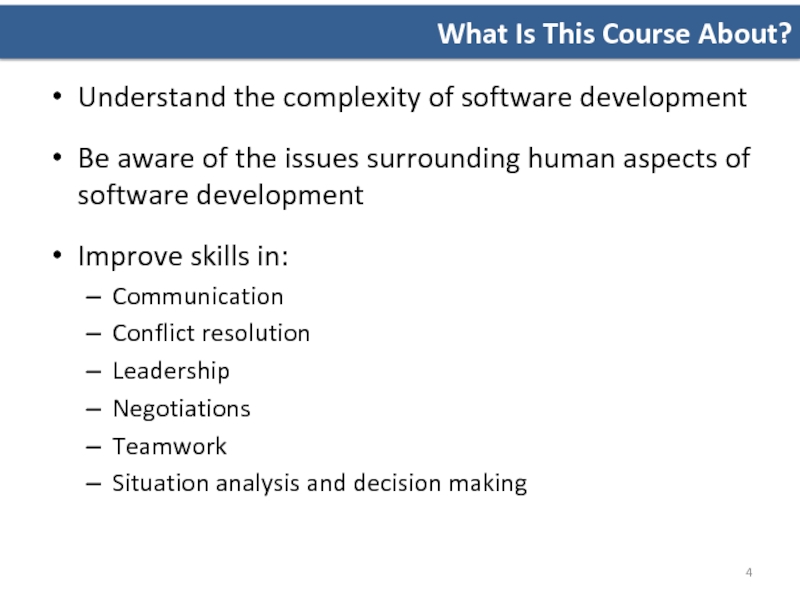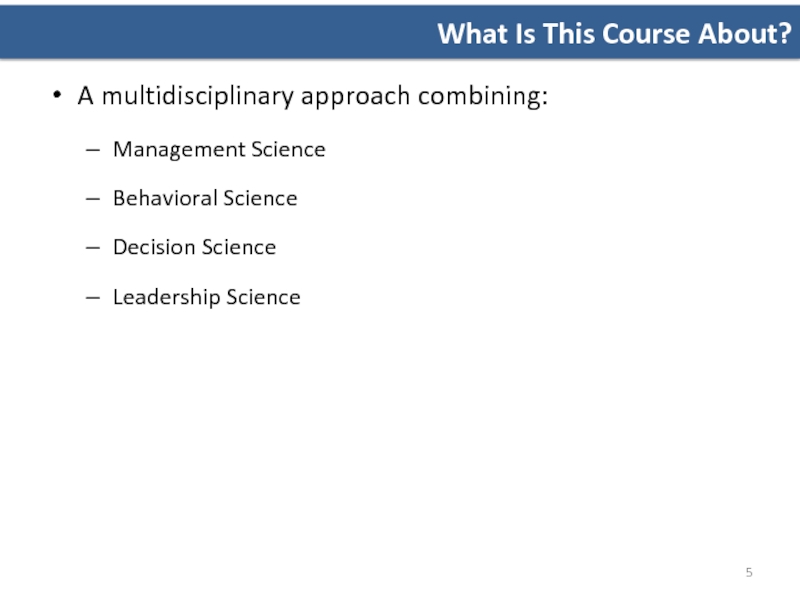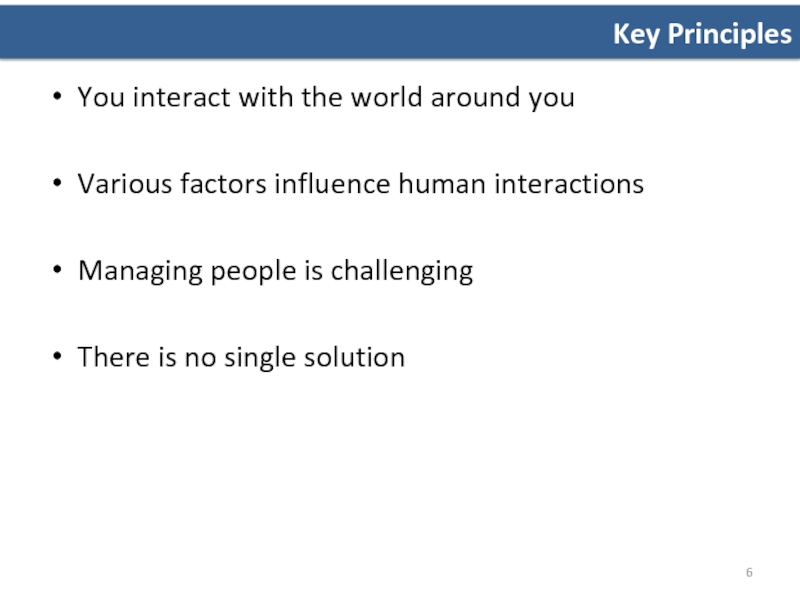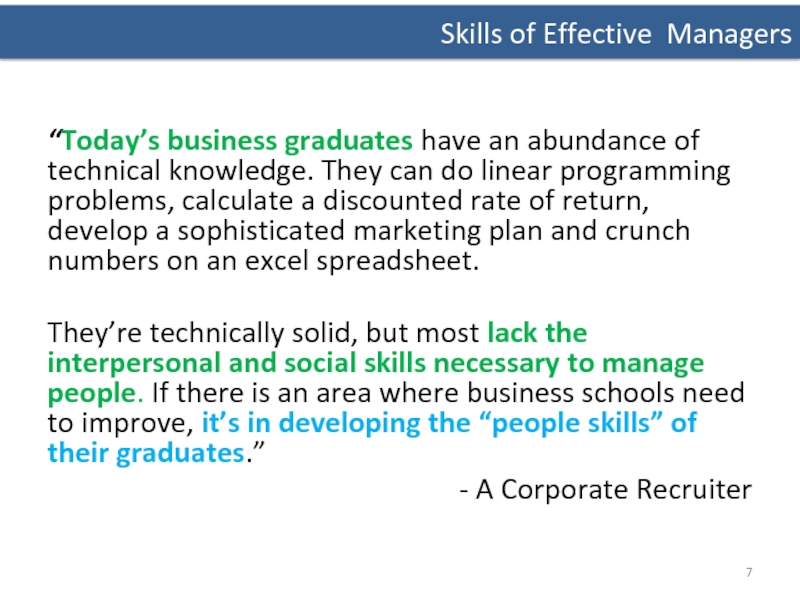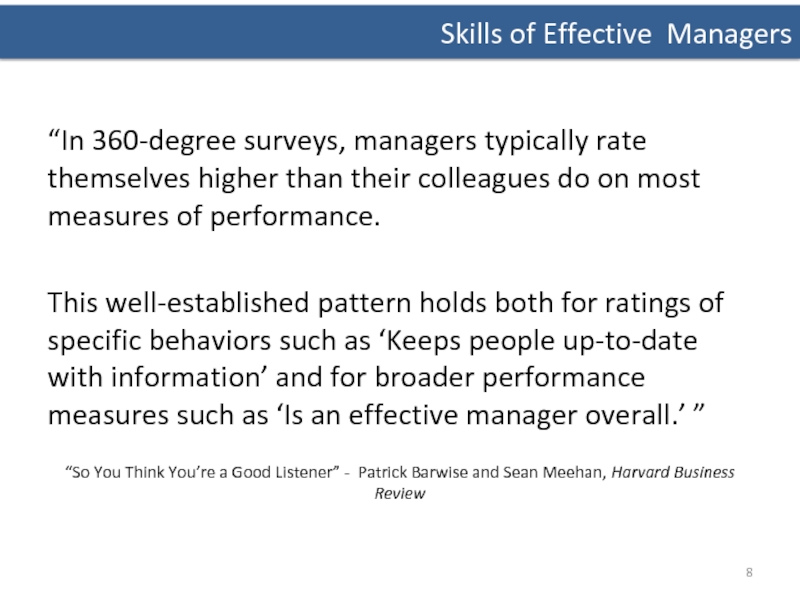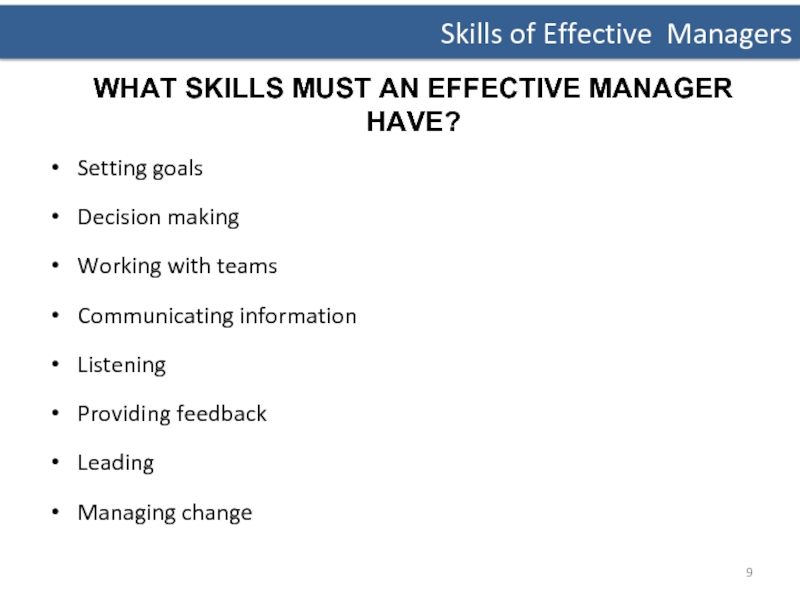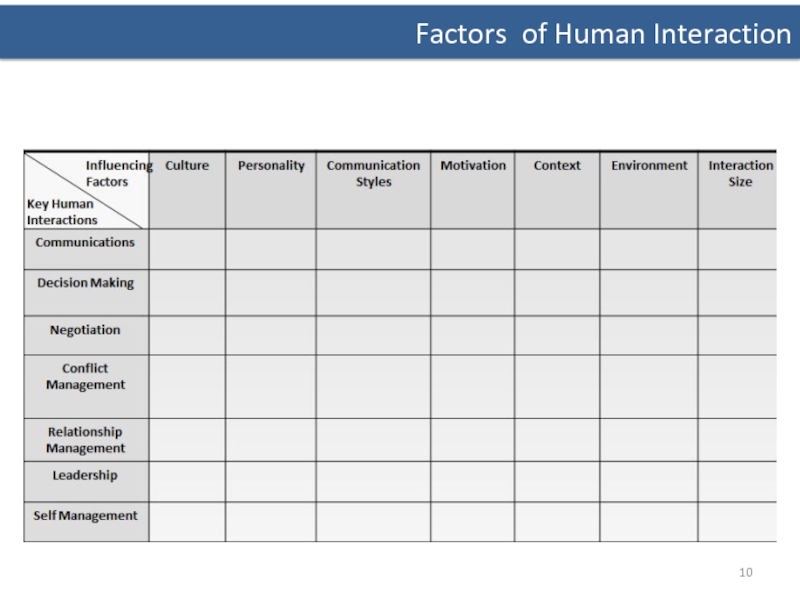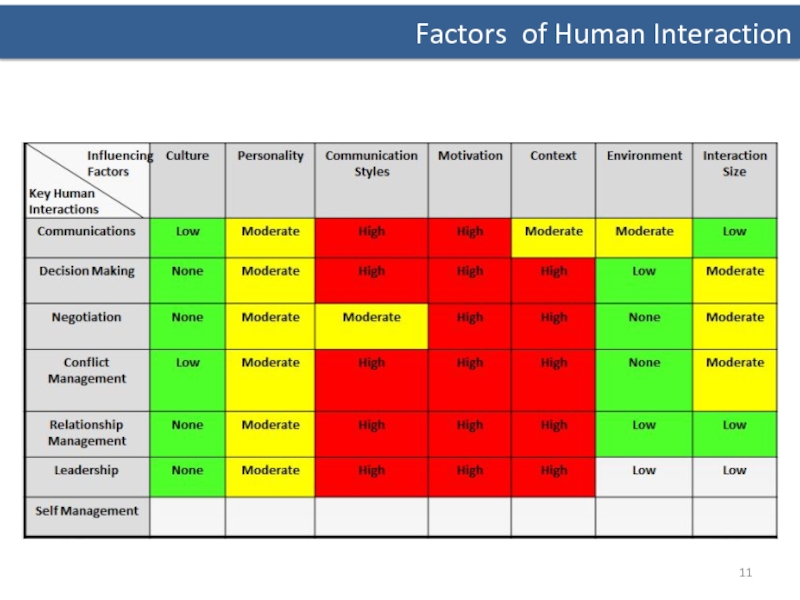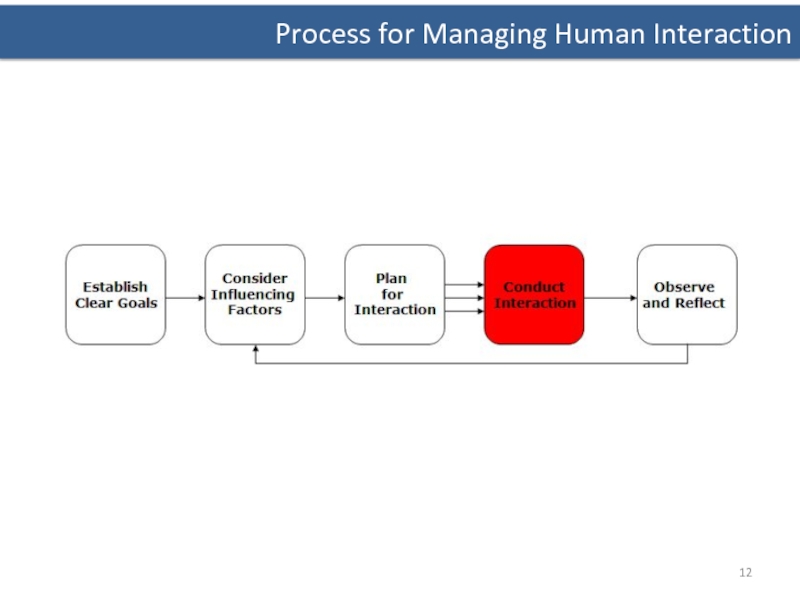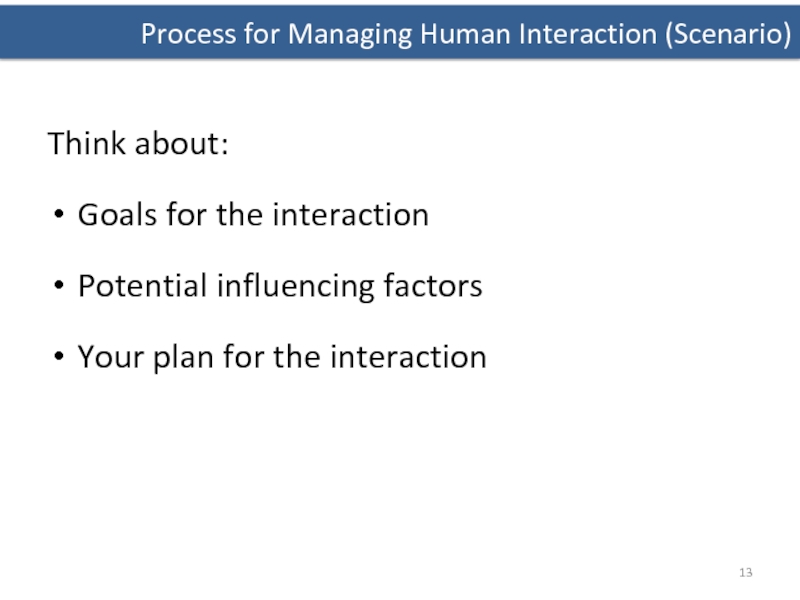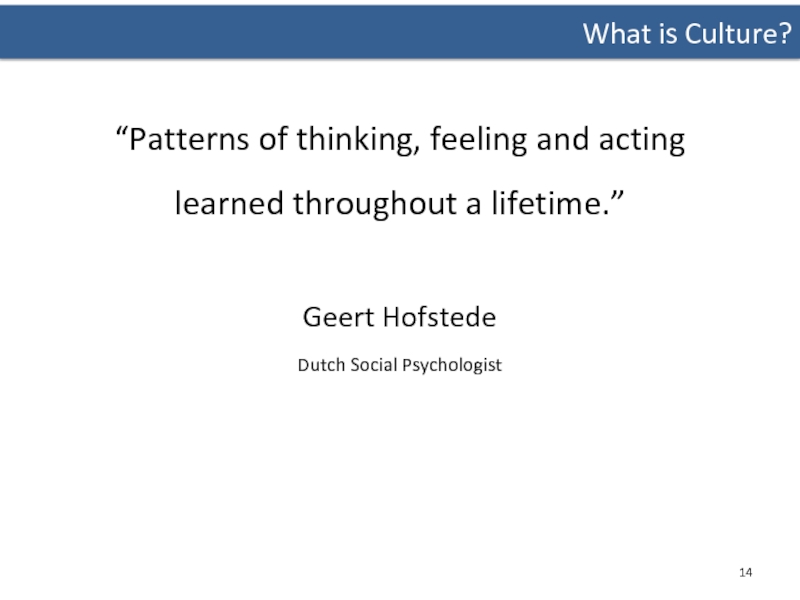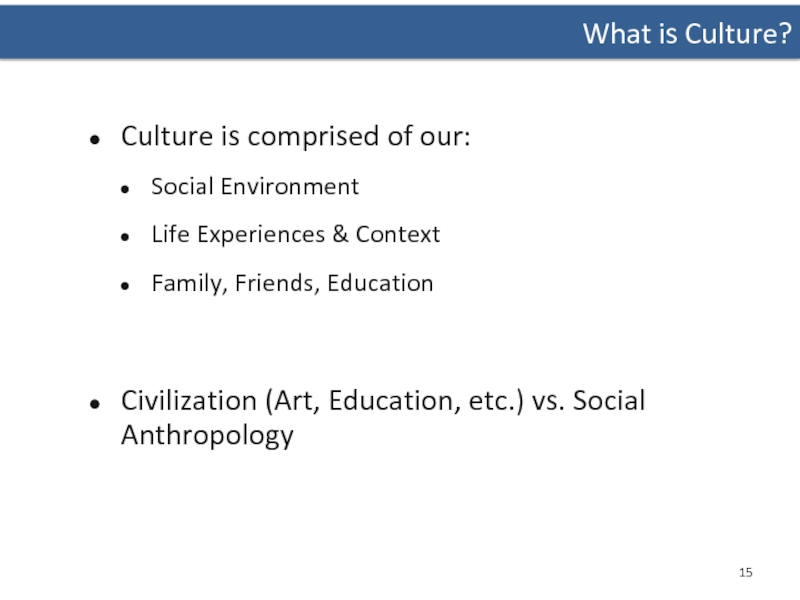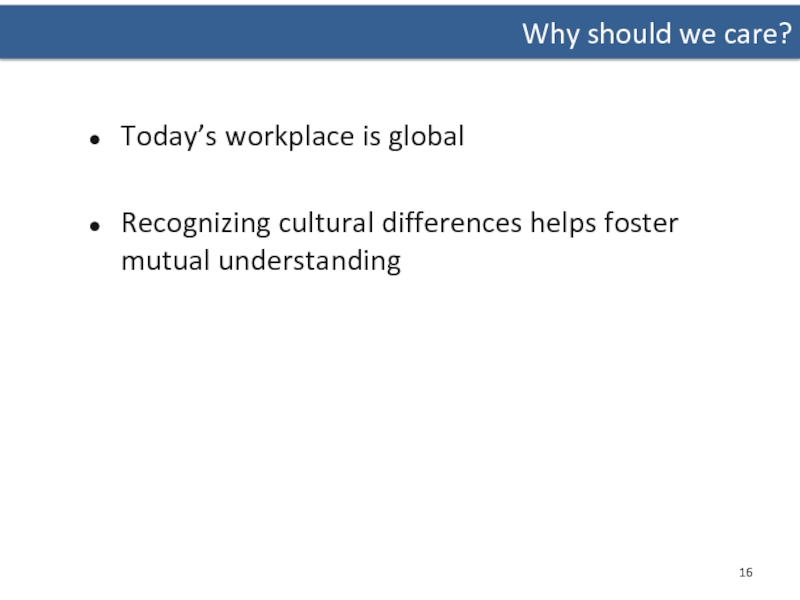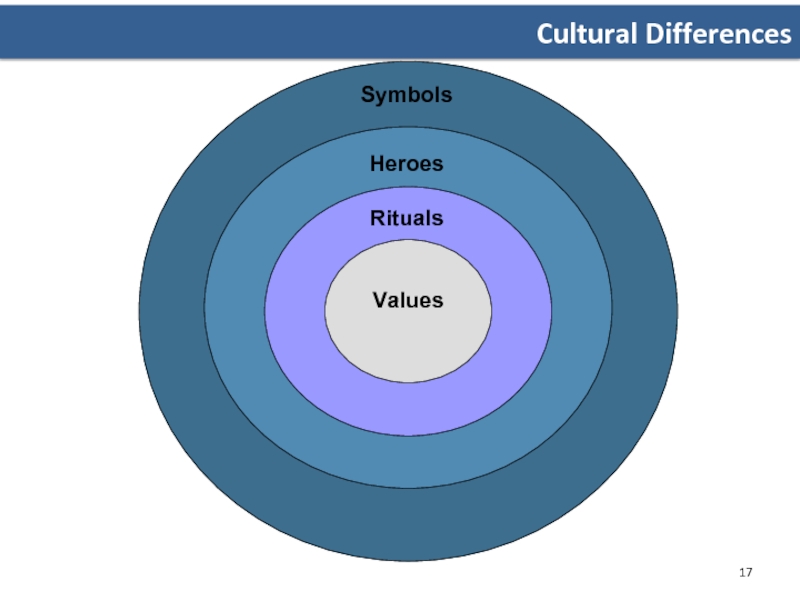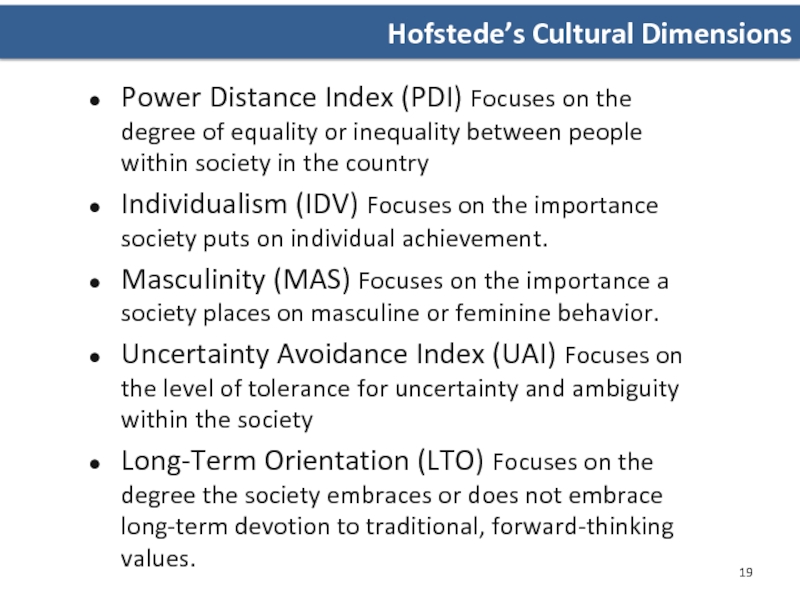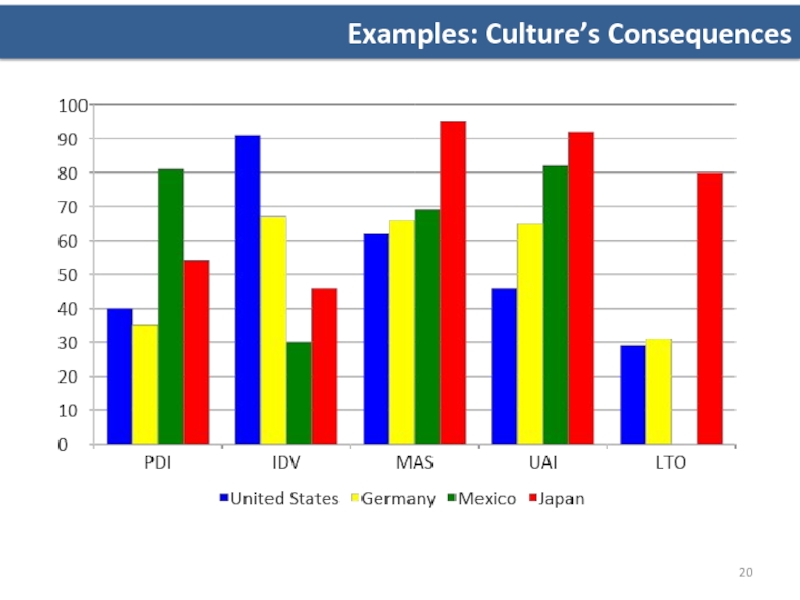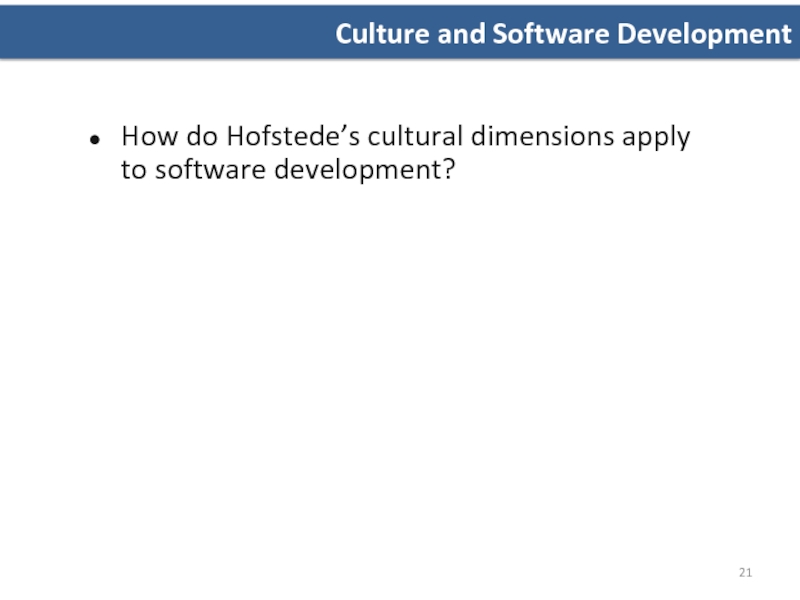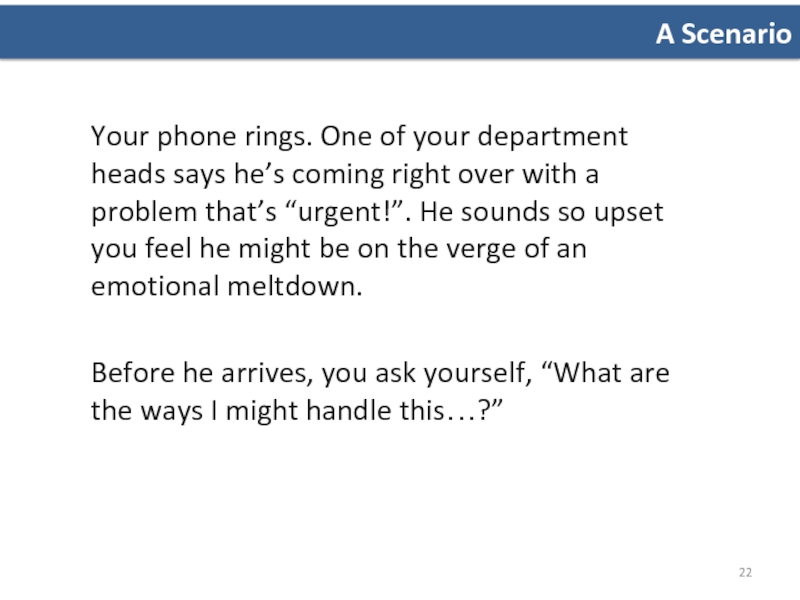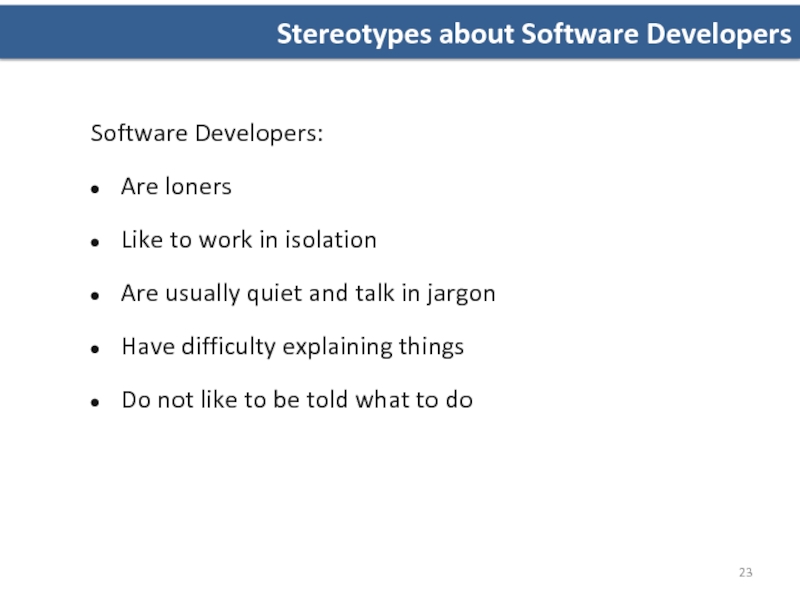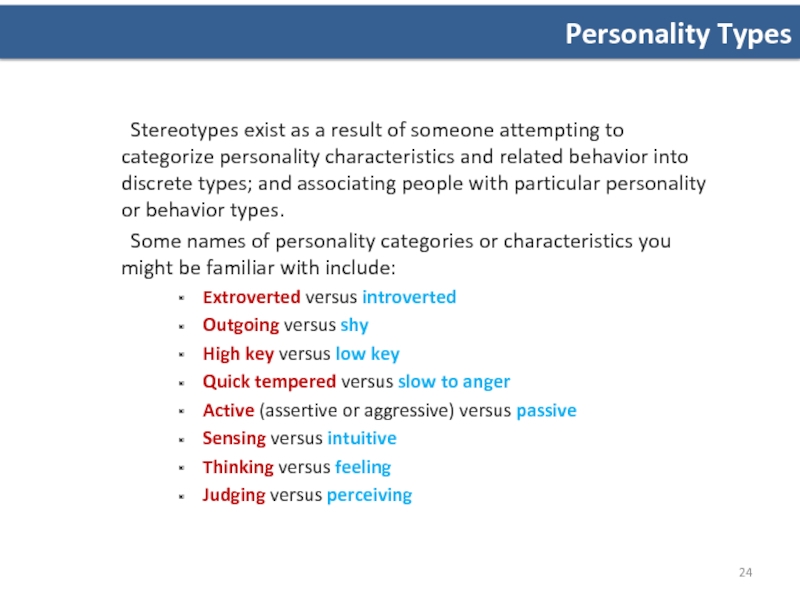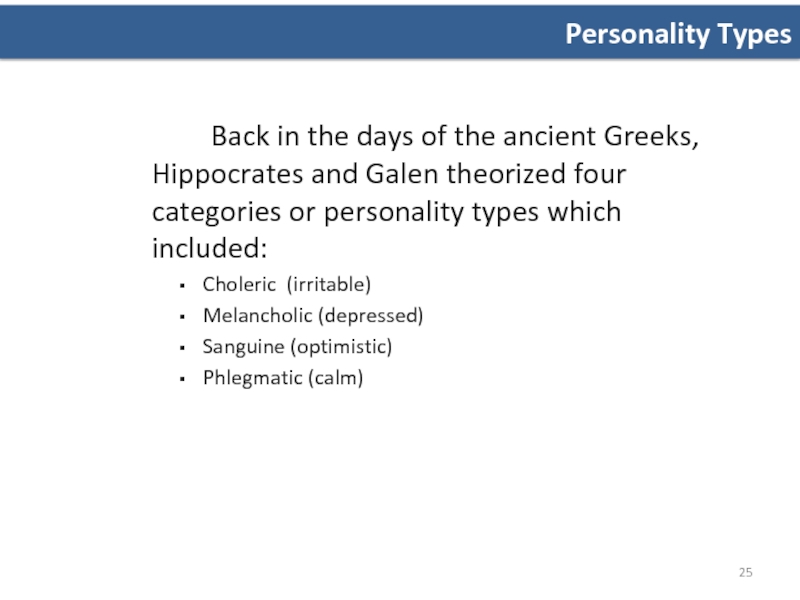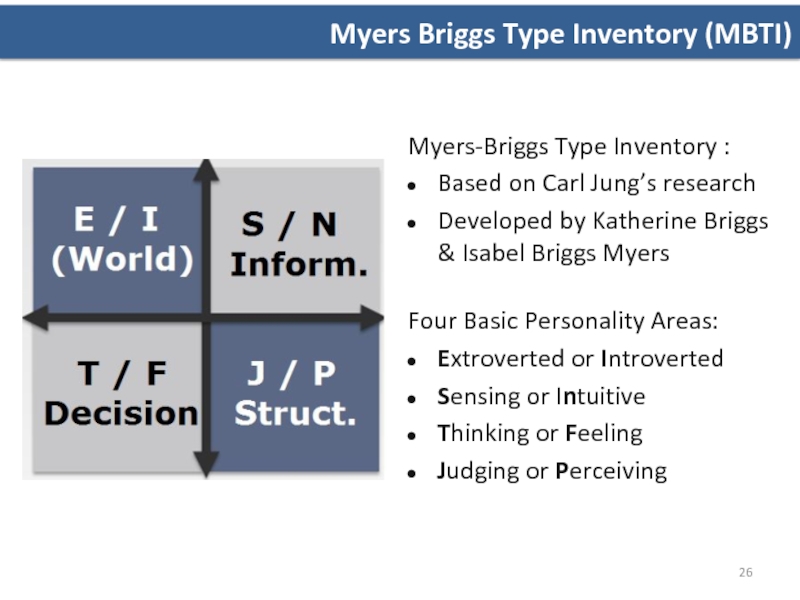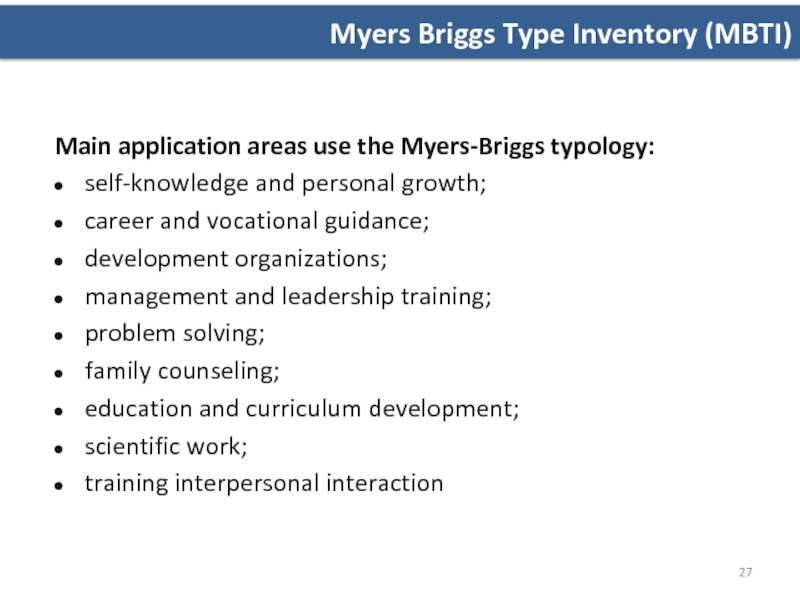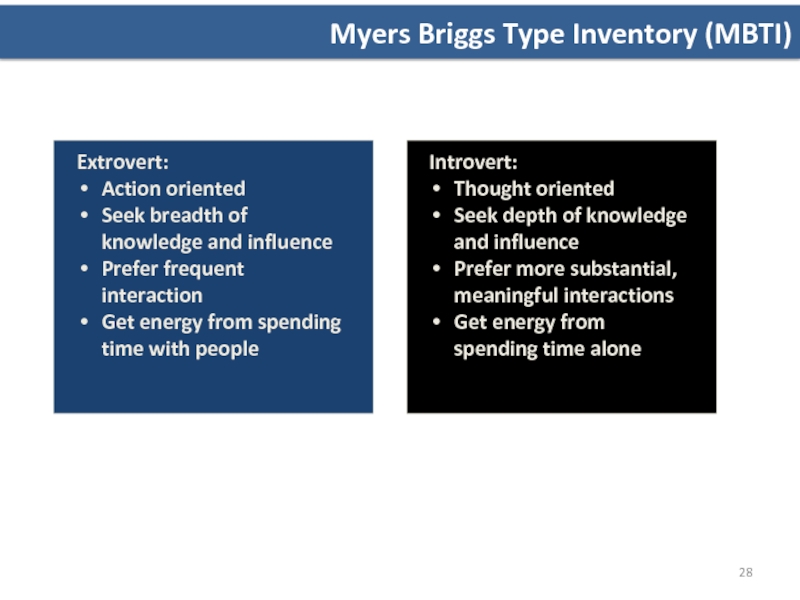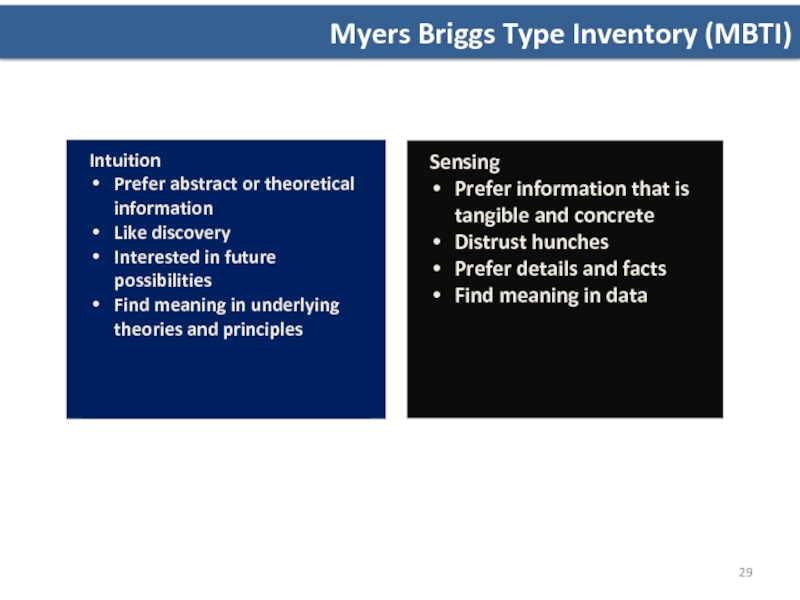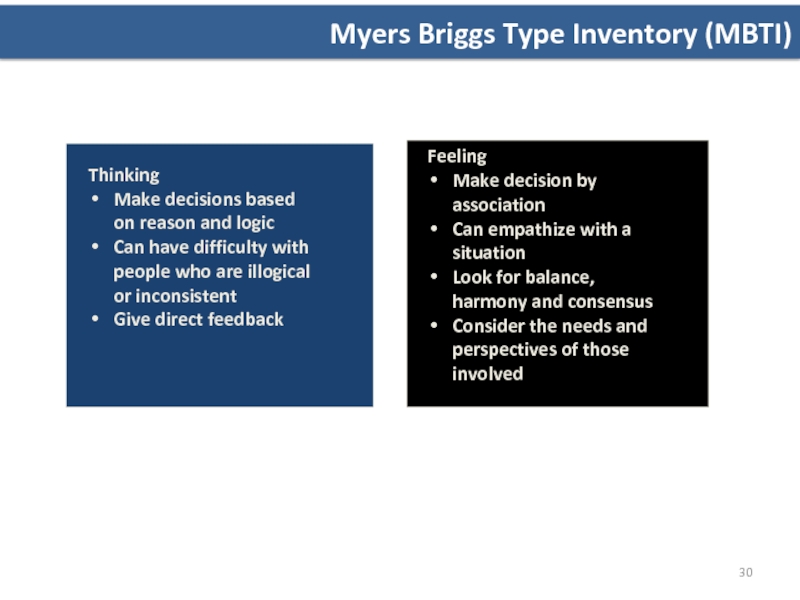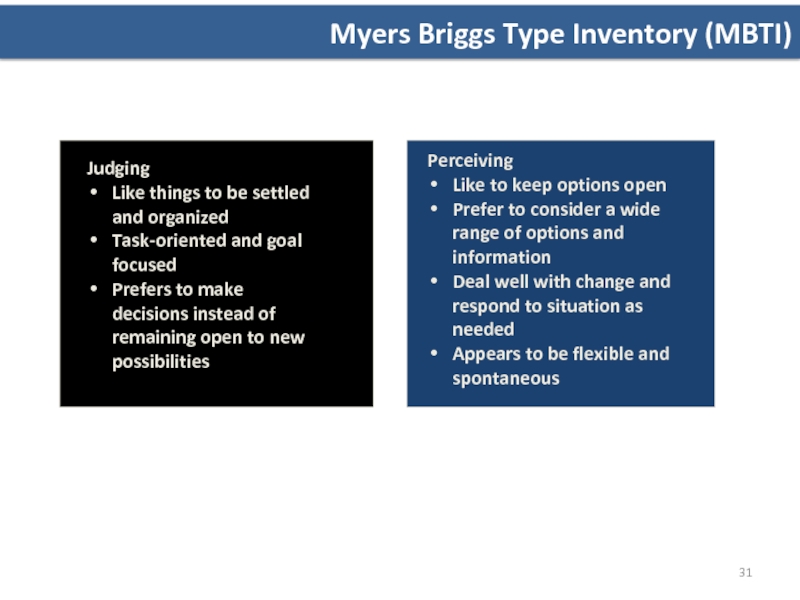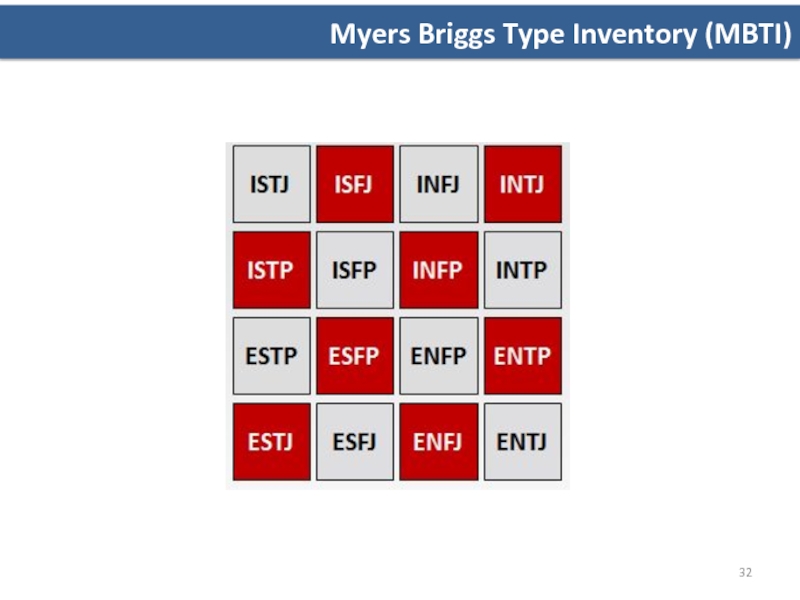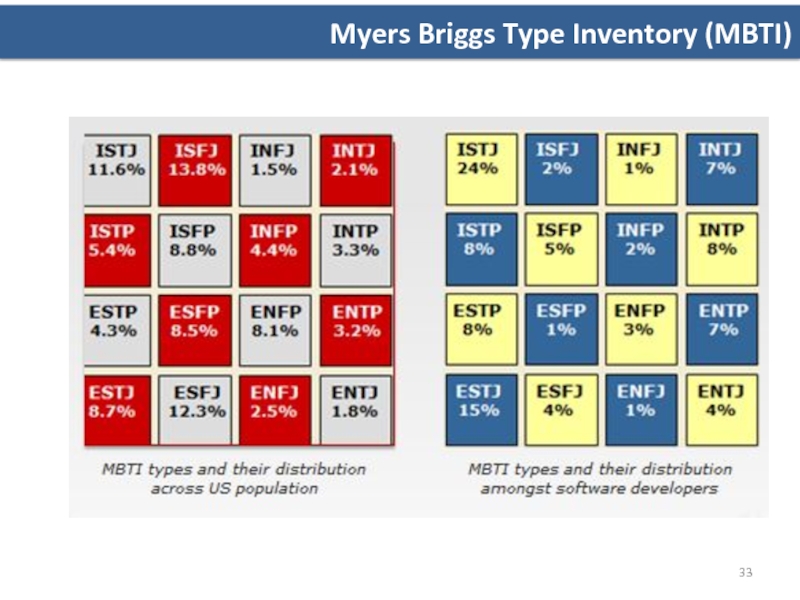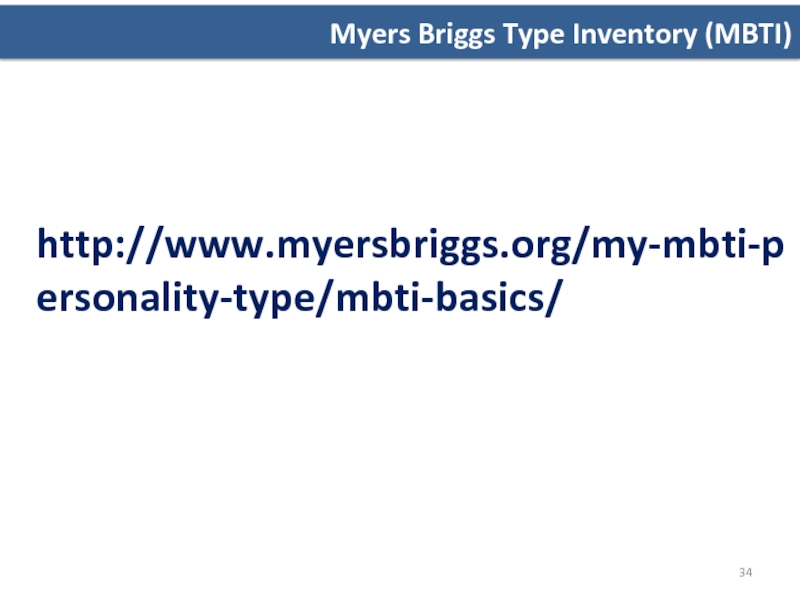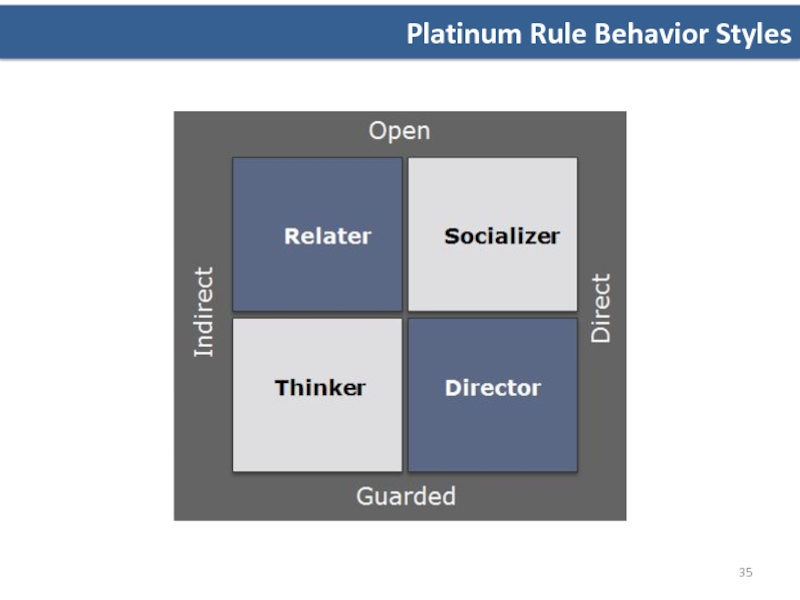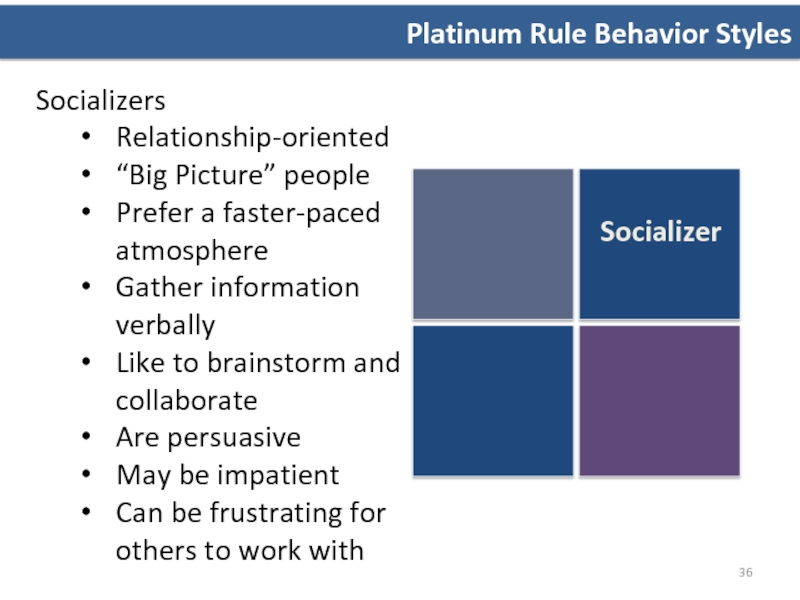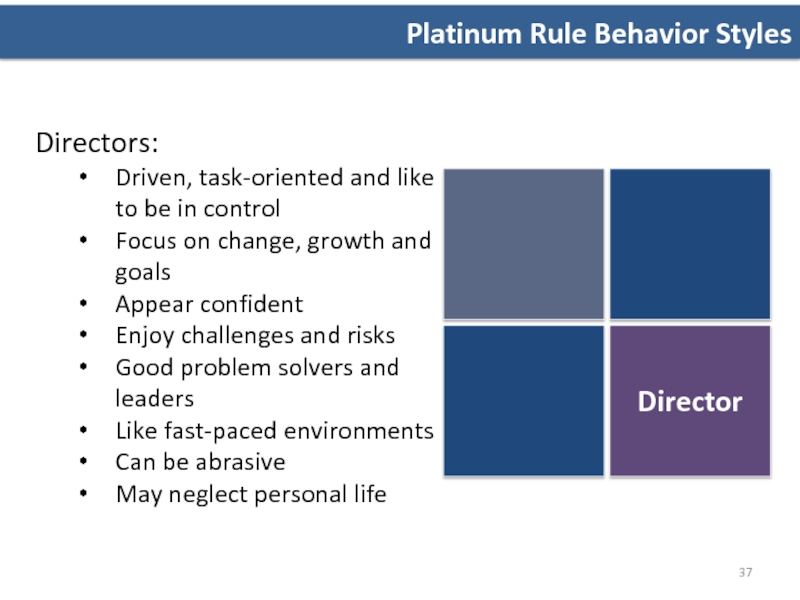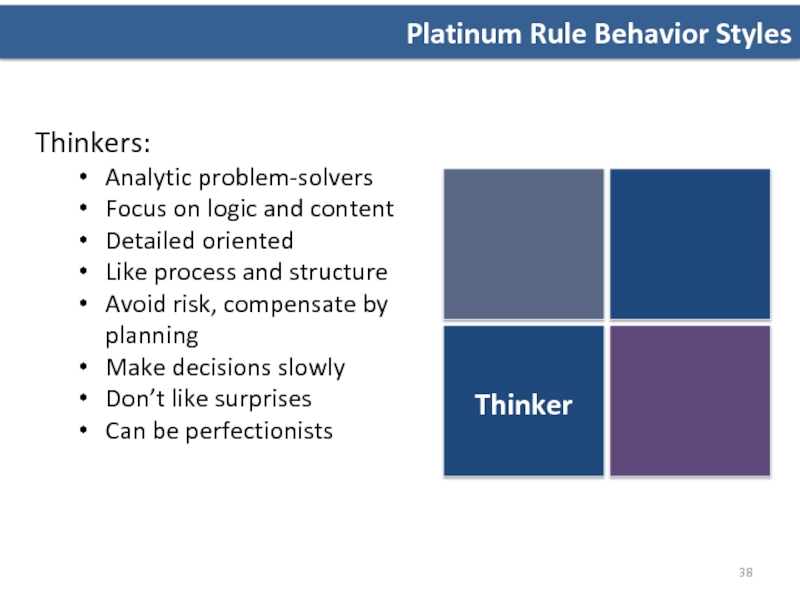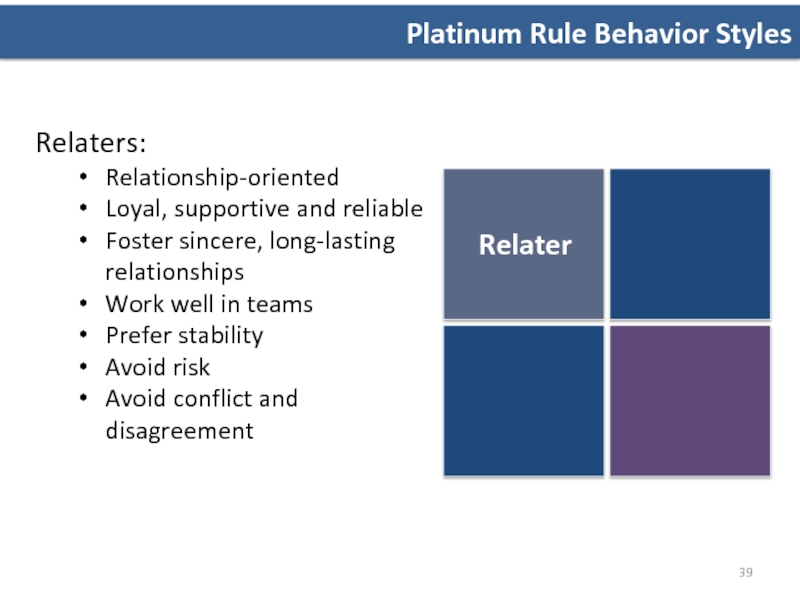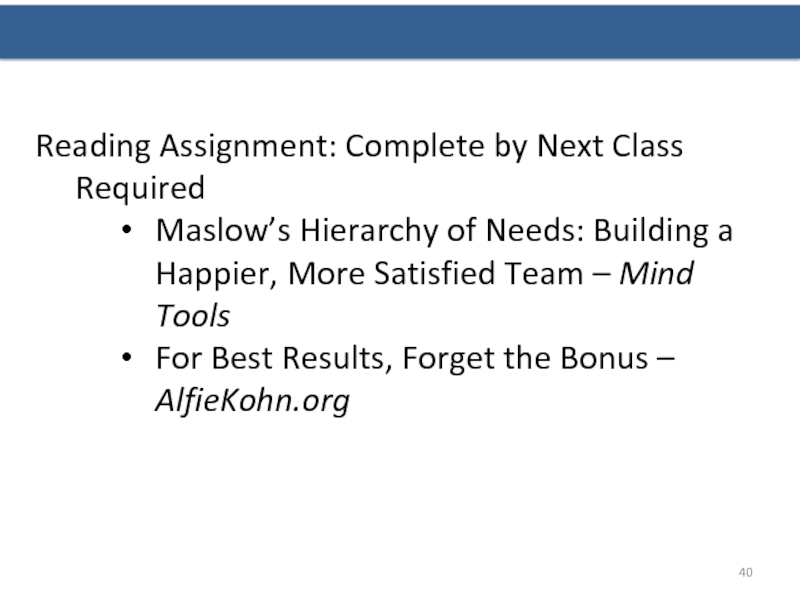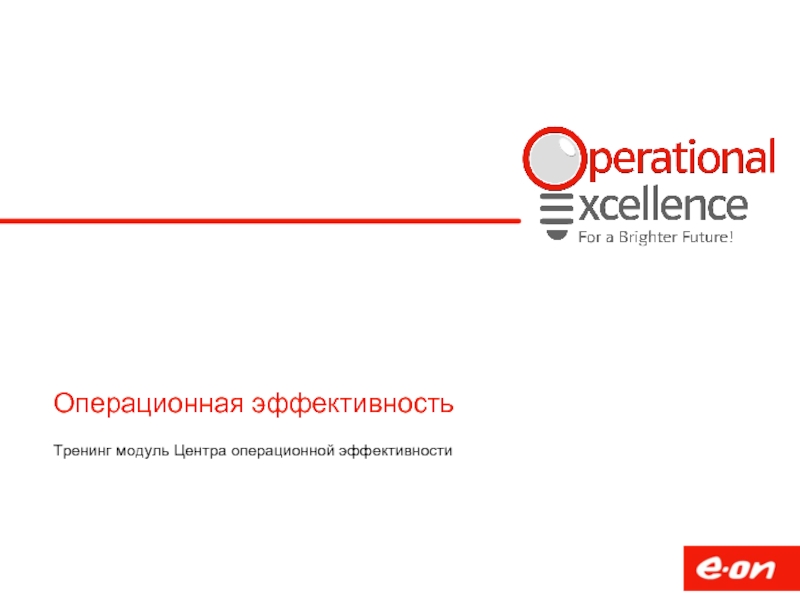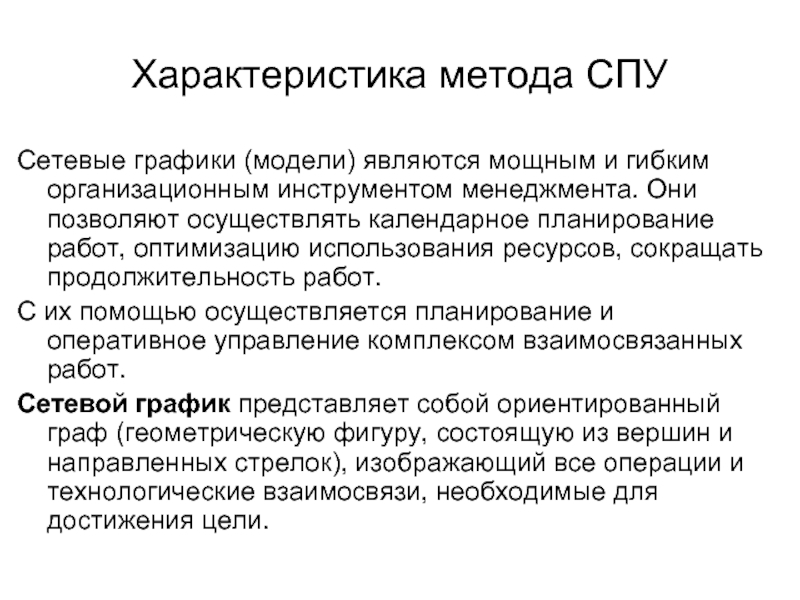- Главная
- Разное
- Дизайн
- Бизнес и предпринимательство
- Аналитика
- Образование
- Развлечения
- Красота и здоровье
- Финансы
- Государство
- Путешествия
- Спорт
- Недвижимость
- Армия
- Графика
- Культурология
- Еда и кулинария
- Лингвистика
- Английский язык
- Астрономия
- Алгебра
- Биология
- География
- Детские презентации
- Информатика
- История
- Литература
- Маркетинг
- Математика
- Медицина
- Менеджмент
- Музыка
- МХК
- Немецкий язык
- ОБЖ
- Обществознание
- Окружающий мир
- Педагогика
- Русский язык
- Технология
- Физика
- Философия
- Химия
- Шаблоны, картинки для презентаций
- Экология
- Экономика
- Юриспруденция
Factors influencing human interaction. Managing technical people презентация
Содержание
- 1. Factors influencing human interaction. Managing technical people
- 2. 9 week: Communication 10 week: Decision Making
- 3. Skills of Effective Managers Factors of Human
- 4. Understand the complexity of software development
- 5. A multidisciplinary approach combining: Management Science Behavioral
- 6. You interact with the world around you
- 7. “Today’s business graduates have an abundance of
- 8. “In 360-degree surveys, managers typically rate themselves
- 9. WHAT SKILLS MUST AN EFFECTIVE MANAGER HAVE?
- 10. Factors of Human Interaction
- 11. Factors of Human Interaction
- 12. Process for Managing Human Interaction
- 13. Process for Managing Human Interaction (Scenario)
- 14. What is Culture? “Patterns of thinking, feeling
- 15. What is Culture? Culture is comprised of
- 16. Why should we care? Today’s workplace is
- 17. Cultural Differences
- 18. Cultural Differences “For a German and a
- 19. Hofstede’s Cultural Dimensions Power Distance Index (PDI)
- 20. Examples: Culture’s Consequences
- 21. Culture and Software Development How do Hofstede’s cultural dimensions apply to software development?
- 22. A Scenario Your phone rings. One of
- 23. Stereotypes about Software Developers Software Developers: Are
- 24. Personality Types Stereotypes exist as a result
- 25. Personality Types Back in the days of
- 26. Myers Briggs Type Inventory (MBTI) Myers-Briggs
- 27. Myers Briggs Type Inventory (MBTI) Main
- 28. Myers Briggs Type Inventory (MBTI)
- 29. Myers Briggs Type Inventory (MBTI)
- 30. Myers Briggs Type Inventory (MBTI) Thinking
- 31. Myers Briggs Type Inventory (MBTI) Thinking
- 32. Myers Briggs Type Inventory (MBTI)
- 33. Myers Briggs Type Inventory (MBTI)
- 34. Myers Briggs Type Inventory (MBTI) http://www.myersbriggs.org/my-mbti-personality-type/mbti-basics/
- 35. Platinum Rule Behavior Styles
- 36. Socializers Relationship-oriented “Big Picture” people Prefer
- 37. Directors: Driven, task-oriented and like to be
- 38. Thinkers: Analytic problem-solvers Focus on logic and
- 39. Relaters: Relationship-oriented Loyal, supportive and reliable
- 40. Reading Assignment: Complete by Next Class Required
Слайд 29 week: Communication
10 week: Decision Making
11 week: Negotiation
12 week: Conflict Management
13
14 week: Leadership
FUTHERMORE
Слайд 3Skills of Effective Managers
Factors of Human Interaction
Process for Managing Human Interaction
What
Cultural Dimensions & Cultural Differences
Personality Types
Myers Briggs Type Inventory (MBTI)
“Platinum Rule” Behavior Styles
Topics & Agenda
Слайд 4Understand the complexity of software development
Be aware of the issues surrounding
Improve skills in:
Communication
Conflict resolution
Leadership
Negotiations
Teamwork
Situation analysis and decision making
What Is This Course About?
Слайд 5A multidisciplinary approach combining:
Management Science
Behavioral Science
Decision Science
Leadership Science
What Is This Course
Слайд 6You interact with the world around you
Various factors influence human interactions
Managing
There is no single solution
Key Principles
Слайд 7“Today’s business graduates have an abundance of technical knowledge. They can
They’re technically solid, but most lack the interpersonal and social skills necessary to manage people. If there is an area where business schools need to improve, it’s in developing the “people skills” of their graduates.”
- A Corporate Recruiter
Skills of Effective Managers
Слайд 8“In 360-degree surveys, managers typically rate themselves higher than their colleagues
This well-established pattern holds both for ratings of specific behaviors such as ‘Keeps people up-to-date with information’ and for broader performance measures such as ‘Is an effective manager overall.’ ”
“So You Think You’re a Good Listener” - Patrick Barwise and Sean Meehan, Harvard Business Review
Skills of Effective Managers
Слайд 9WHAT SKILLS MUST AN EFFECTIVE MANAGER HAVE?
Setting goals
Decision making
Working
Communicating information
Listening
Providing feedback
Leading
Managing change
Self awareness
Persuading
Running meetings
Resolving conflicts
Negotiating
Working with diverse groups of people
Creative problem solving
Skills of Effective Managers
Слайд 13Process for Managing Human Interaction (Scenario)
Think about:
Goals for the interaction
Potential
Your plan for the interaction
Слайд 14What is Culture?
“Patterns of thinking, feeling and acting learned throughout a
Geert Hofstede
Dutch Social Psychologist
Слайд 15What is Culture?
Culture is comprised of our:
Social Environment
Life Experiences & Context
Family,
Civilization (Art, Education, etc.) vs. Social Anthropology
Слайд 16Why should we care?
Today’s workplace is global
Recognizing cultural differences helps foster
Слайд 18Cultural Differences
“For a German and a Finn, the truth is the
- Richard D. Lewis
Слайд 19Hofstede’s Cultural Dimensions
Power Distance Index (PDI) Focuses on the degree of
Individualism (IDV) Focuses on the importance society puts on individual achievement.
Masculinity (MAS) Focuses on the importance a society places on masculine or feminine behavior.
Uncertainty Avoidance Index (UAI) Focuses on the level of tolerance for uncertainty and ambiguity within the society
Long-Term Orientation (LTO) Focuses on the degree the society embraces or does not embrace long-term devotion to traditional, forward-thinking values.
Слайд 21Culture and Software Development
How do Hofstede’s cultural dimensions apply to software
Слайд 22A Scenario
Your phone rings. One of your department heads says he’s
Before he arrives, you ask yourself, “What are the ways I might handle this…?”
Слайд 23Stereotypes about Software Developers
Software Developers:
Are loners
Like to work in isolation
Are usually
Have difficulty explaining things
Do not like to be told what to do
Слайд 24Personality Types
Stereotypes exist as a result of someone attempting to categorize
Some names of personality categories or characteristics you might be familiar with include:
Extroverted versus introverted
Outgoing versus shy
High key versus low key
Quick tempered versus slow to anger
Active (assertive or aggressive) versus passive
Sensing versus intuitive
Thinking versus feeling
Judging versus perceiving
Слайд 25Personality Types
Back in the days of the ancient Greeks, Hippocrates and
Choleric (irritable)
Melancholic (depressed)
Sanguine (optimistic)
Phlegmatic (calm)
Слайд 26Myers Briggs Type Inventory (MBTI)
Myers-Briggs Type Inventory :
Based on Carl Jung’s
Developed by Katherine Briggs & Isabel Briggs Myers
Four Basic Personality Areas:
Extroverted or Introverted
Sensing or Intuitive
Thinking or Feeling
Judging or Perceiving
Слайд 27Myers Briggs Type Inventory (MBTI)
Main application areas use the Myers-Briggs typology:
self-knowledge
career and vocational guidance;
development organizations;
management and leadership training;
problem solving;
family counseling;
education and curriculum development;
scientific work;
training interpersonal interaction
Слайд 30Myers Briggs Type Inventory (MBTI)
Thinking
Make decisions based on reason and
Can have difficulty with people who are illogical or inconsistent
Give direct feedback
Feeling
Make decision by association
Can empathize with a situation
Look for balance, harmony and consensus
Consider the needs and perspectives of those involved
Слайд 31Myers Briggs Type Inventory (MBTI)
Thinking
Make decisions based on reason and
Can have difficulty with people who are illogical or inconsistent
Give direct feedback
Feeling
Make decision by association
Can empathize with a situation
Look for balance, harmony and consensus
Consider the needs and perspectives of those involved
Judging
Like things to be settled and organized
Task-oriented and goal focused
Prefers to make decisions instead of remaining open to new possibilities
Perceiving
Like to keep options open
Prefer to consider a wide range of options and information
Deal well with change and respond to situation as needed
Appears to be flexible and spontaneous
Слайд 34Myers Briggs Type Inventory (MBTI)
http://www.myersbriggs.org/my-mbti-personality-type/mbti-basics/
Слайд 36Socializers
Relationship-oriented
“Big Picture” people
Prefer a faster-paced atmosphere
Gather information verbally
Like to
Are persuasive
May be impatient
Can be frustrating for others to work with
Socializer
Platinum Rule Behavior Styles
Слайд 37Directors:
Driven, task-oriented and like to be in control
Focus on change,
Appear confident
Enjoy challenges and risks
Good problem solvers and leaders
Like fast-paced environments
Can be abrasive
May neglect personal life
Director
Platinum Rule Behavior Styles
Слайд 38Thinkers:
Analytic problem-solvers
Focus on logic and content
Detailed oriented
Like process and
Avoid risk, compensate by planning
Make decisions slowly
Don’t like surprises
Can be perfectionists
Thinker
Platinum Rule Behavior Styles
Слайд 39Relaters:
Relationship-oriented
Loyal, supportive and reliable
Foster sincere, long-lasting relationships
Work well
Prefer stability
Avoid risk
Avoid conflict and disagreement
Relater
Platinum Rule Behavior Styles
Слайд 40Reading Assignment: Complete by Next Class
Required
Maslow’s Hierarchy of Needs: Building a
For Best Results, Forget the Bonus – AlfieKohn.org
